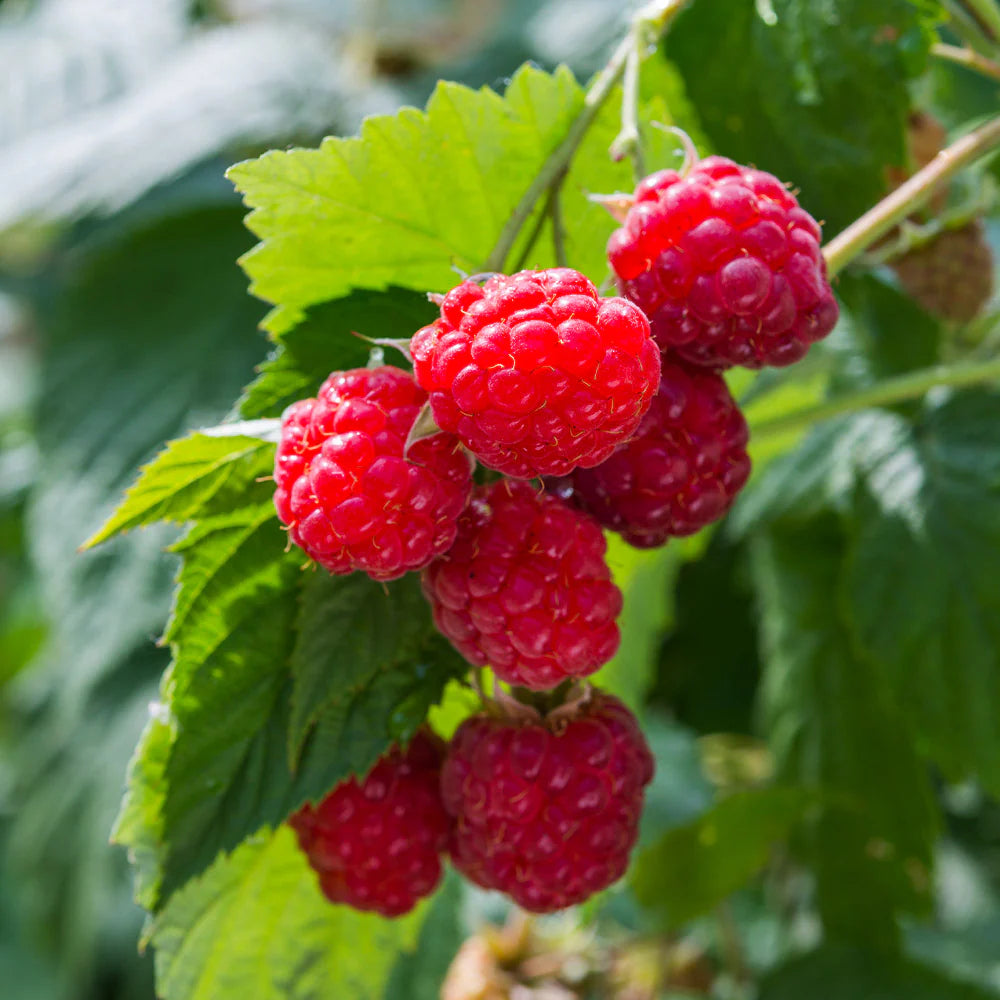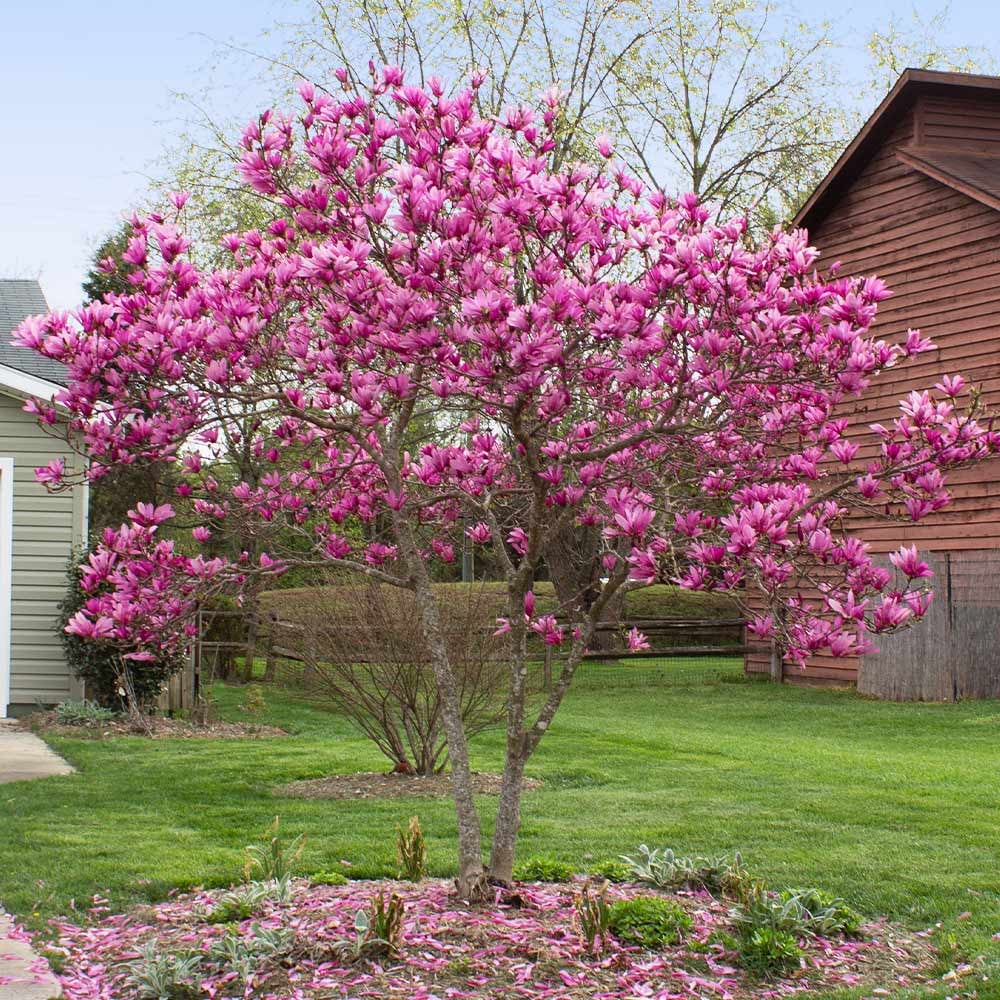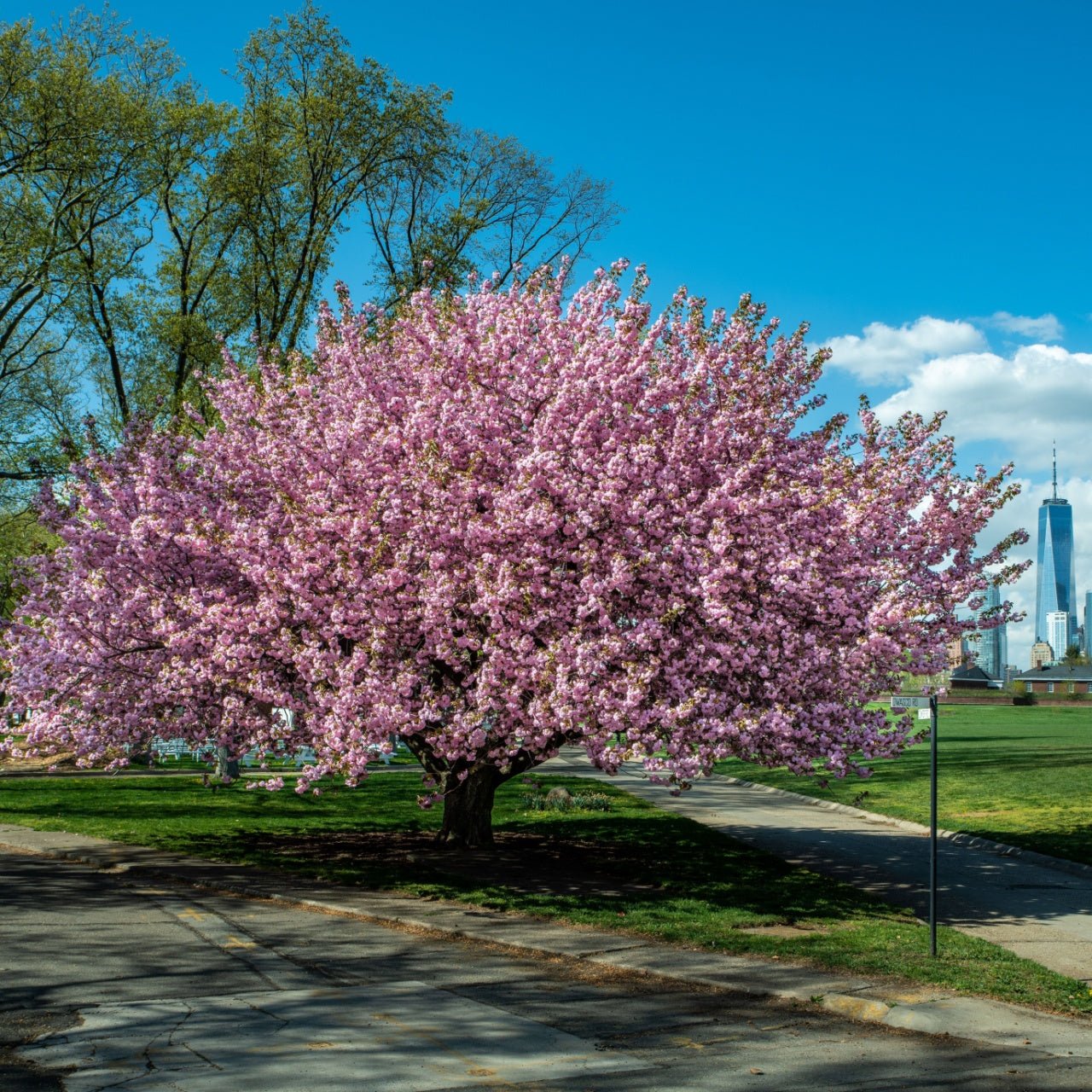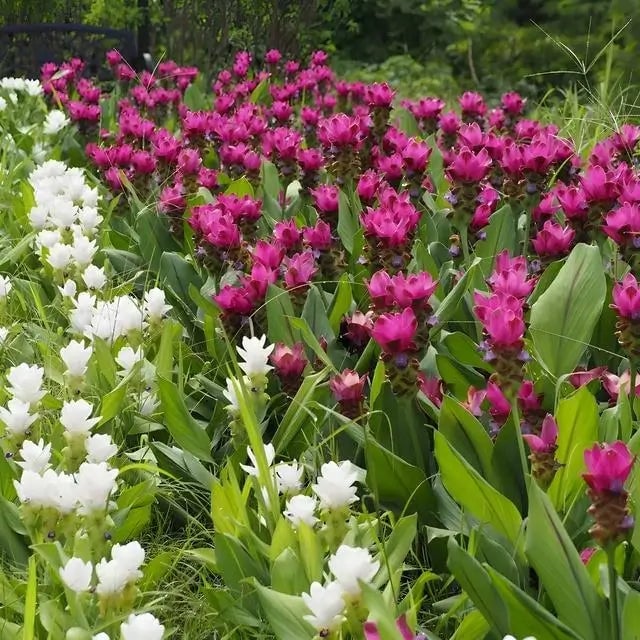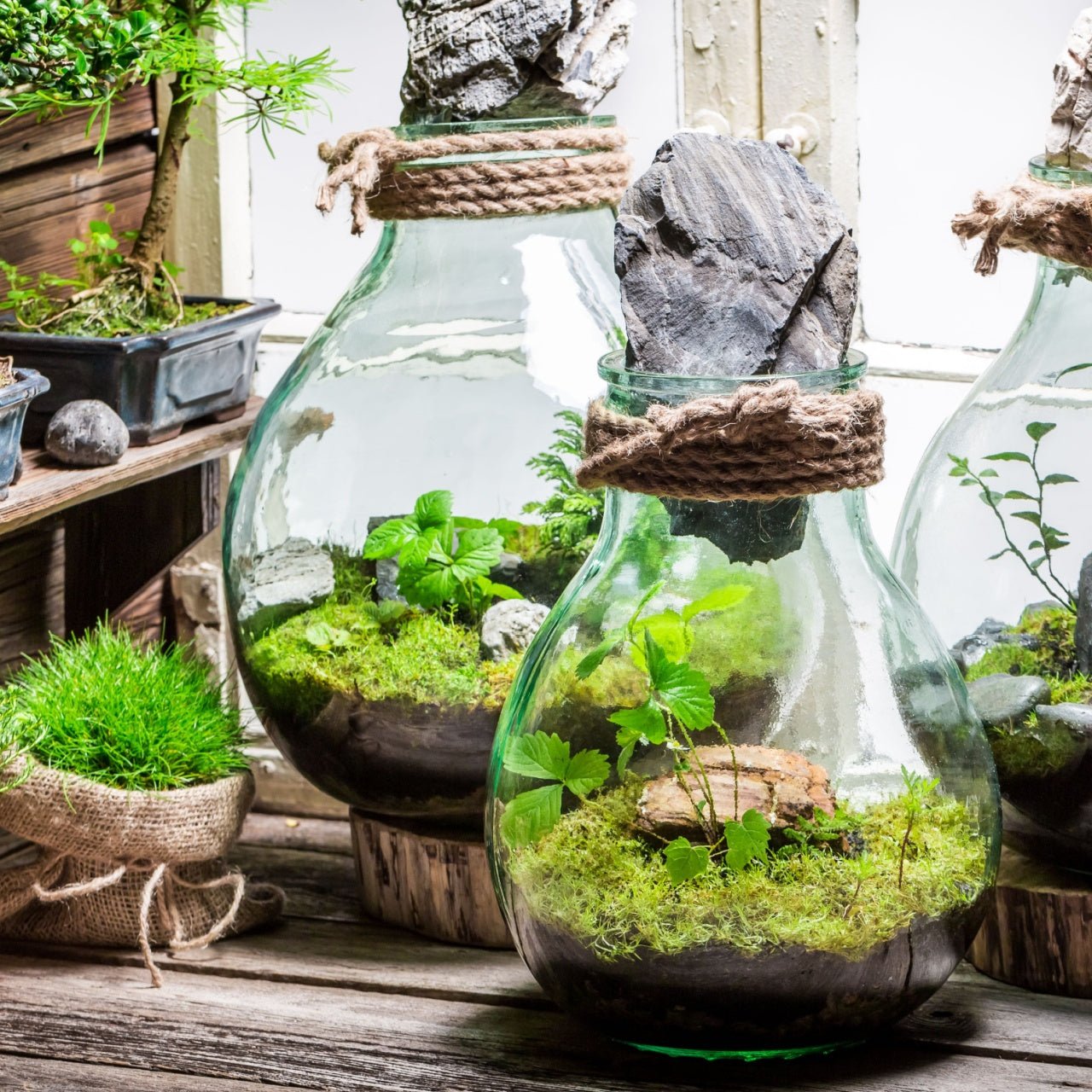


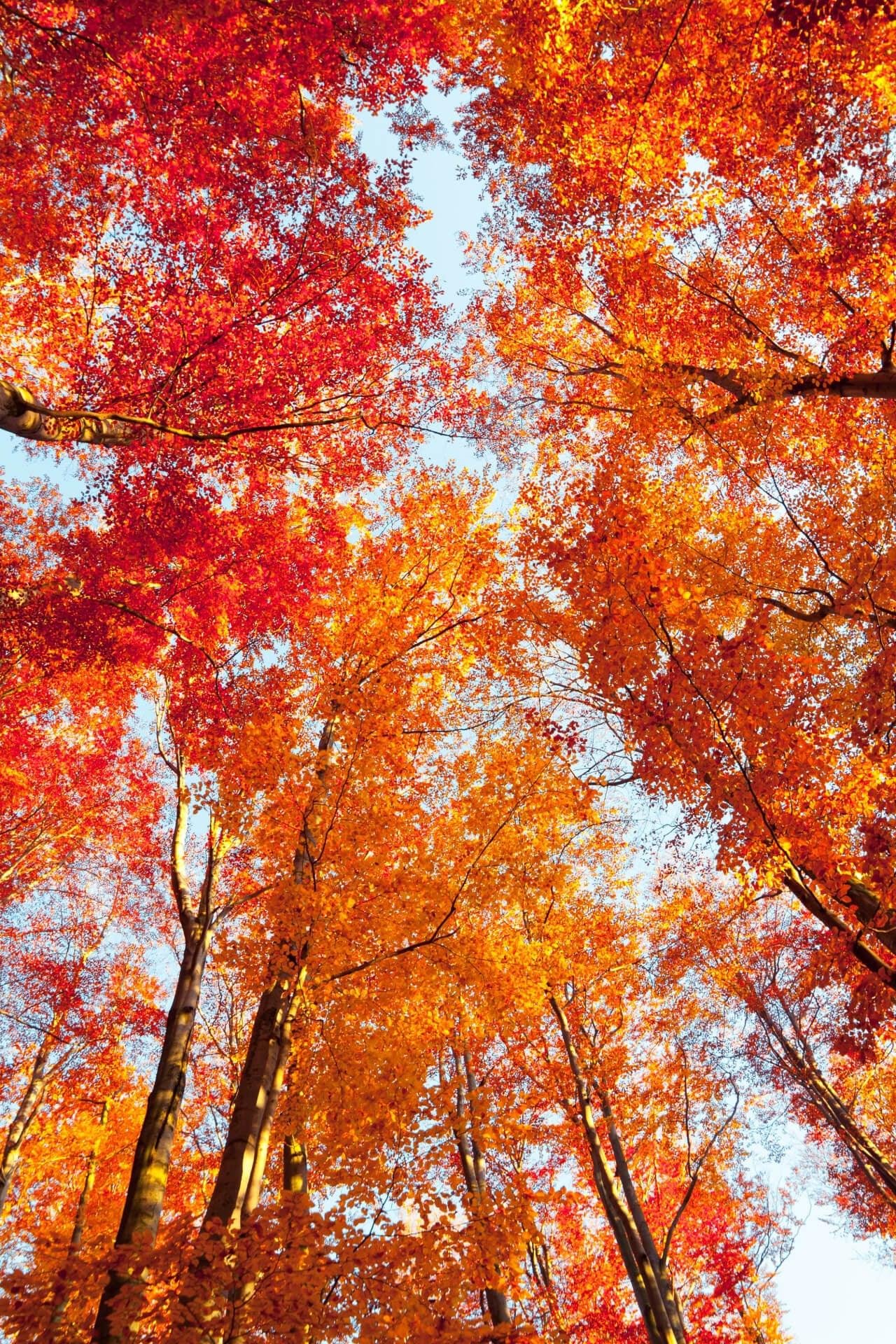

Sourwood Tree
Thrives in Zones 5 - 9
Attracts pollinators, like bees
Low-maintenance, hardy tree
Adds elegance to landscapes
Ships in
November 2025Sourwood Tree - Oxydendrum arboreum
The Sourwood Tree is a native deciduous tree that will be a wildlife haven in your yard. In the fall, changing autumnal color brings a brilliant bold display of red leaves.
Plant Details - Sourwood Tree
Family: Ericaceae
Light Requirement: Full Sun
Water Needs: Moist
Height: 25 – 40 ft.
Spread: 20 – 35 ft.
Growth Rate: Slow
Bloom Time: Spring
Flower Color: White
Wildlife Value: Attracts birds, bees
Landscape Uses and Maintenance - Sourwood Tree
The Sourwood Tree is a stunning deciduous and ornamental tree that will dazzle you in the fall with its uniquely long red leaves.
The bark of this tree is gray brown in color with ridges. Its leaves are green and provide a great backdrop for its fragrant white flowers. Its ornamental flowers look like Lily of the Valley, giving it another common name, Lily of the Valley Tree.
This tree is excellent in a woodland garden or as a choice specimen in a landscape.
Plant this tree somewhere that gets full sun to partial shade. It will have the best fall color if planted in full sun. Avoid planting this tree in a location with full shade.
This tree needs moist soil. Make sure to water thoroughly until it is well established. Add a layer of mulch, compost, or humus around the base of this tree to enhance the level of organic matter in the soil.
As a member of the heath family, this tree will need to be planted in acidic soil to thrive. Have more alkaline soil? You can add iron or iron sulfate to the soil to make it more acidic.
As this tree matures, take care to prune any damaged or diseased bark to limit the spread of fungal or bacterial issues.
Its flowers are nectar filled and are attractive to bees. The honey from these bees is a warm amber in color. This tree also has fruits that are attractive to wildlife, including small mammals and birds.
Noteworthy Characteristics
The Sourwood Tree is a host plant for the Lettered Sphinx butterfly and many other butterflies.
This Is How Your Plants Will Look upon Delivery

Height at Maturity
Over 25 Feet
Care
Sourwood trees thrive in well-drained, acidic soil. They prefer consistent moisture, especially during dry periods. Trim in winter to preserve shape and remove dead or diseased wood. Mulch to retain moisture and protect roots. They’re generally pest-resistant.
Plant Reproduction
Sourwood Tree spreads via seeds dispersed by wind and gravity.
How to Grow and Care for Bare Root Trees
Bare root trees are shipped dormant without soil, making them lightweight, cost-effective, and easy to plant during the cool months of early spring or fall. To begin, soak the roots in a bucket of water for 4–6 hours before planting to rehydrate them. Choose a sunny location with well-draining soil and ample space for the tree’s mature size.
Dig a hole twice as wide as the spread of the roots and deep enough to keep the root flare (where the roots begin to spread from the trunk) at or slightly above ground level. Create a small mound of soil in the center of the hole, spread the roots evenly over it, backfill with native soil, and gently tamp down to remove air pockets. Water thoroughly after planting.
Keep the soil consistently moist (not soggy) during the first growing season, and apply mulch around the base—avoiding direct contact with the trunk—to conserve moisture and suppress weeds. Stake the tree if necessary, and prune only to remove dead or damaged branches. With proper care, your bare root tree will establish quickly and grow strong for years to come.
Shipping date depends on the date displayed and chosen when you order from the product's page.
We do not accept returned plants. If you purchased an extended warranty we do accept claims, please navigate to the warranty page for instructions HERE






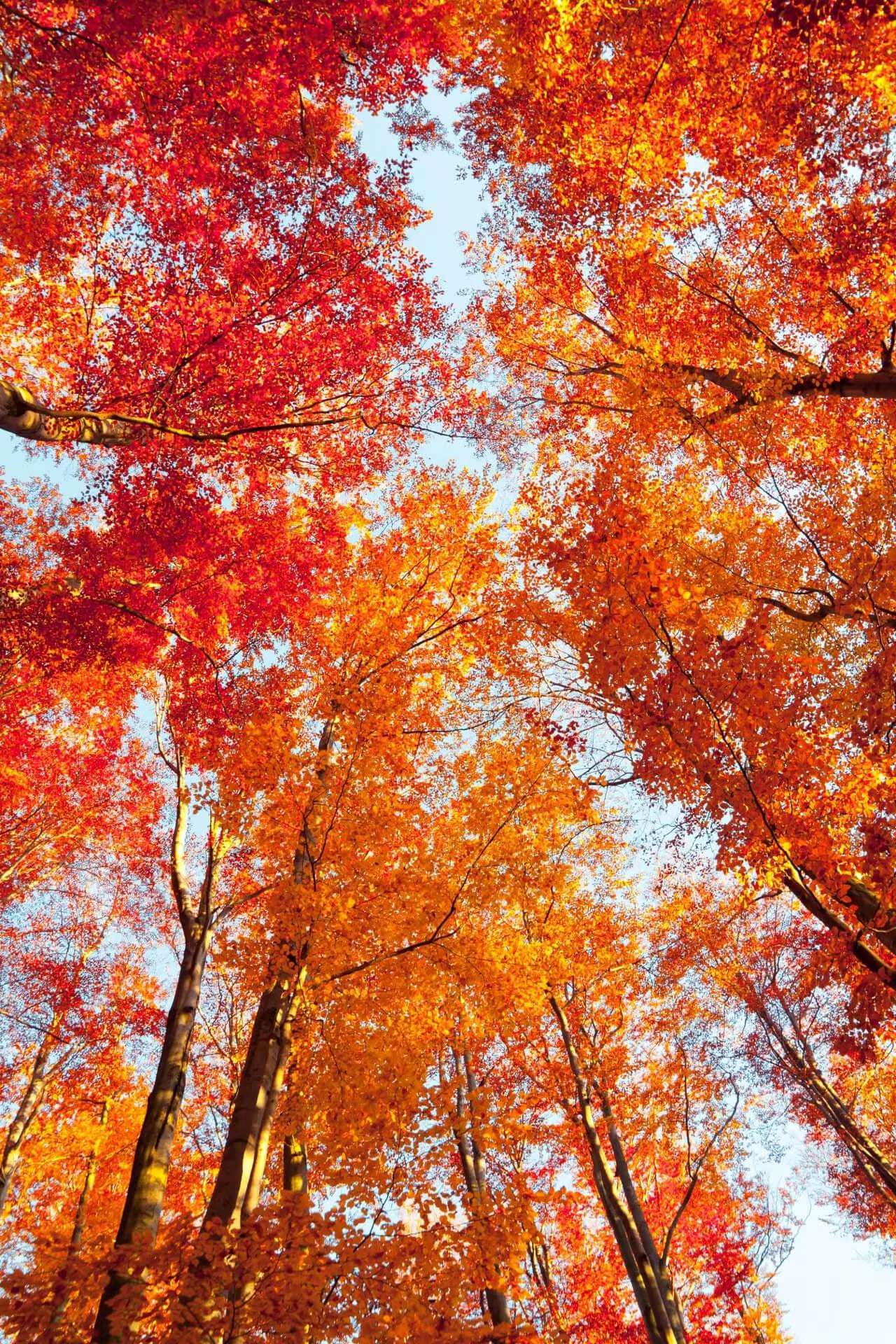
Fragrant Flowers:
The Sourwood Tree produces delightful, fragrant white blooms in summer, adding a pleasant scent to your garden.
Unique Appearance:
With its distinctive flower clusters and attractive bark, the Sourwood Tree stands out as a focal point in any landscape.
Wildlife Friendly:
The blooms attract pollinators like bees and butterflies, supporting local wildlife and enhancing your garden’s ecosystem.
Vibrant Fall Foliage:
In autumn, the tree’s leaves turn a stunning red, providing a beautiful contrast and seasonal interest.
Header
Use this content to share information about your store and products.
Frequently asked questions
Still have a question? Contact us here.
Yes, we ship all over the world. Shipping costs will apply, and will be added at checkout. We run discounts and promotions all year, so stay tuned for exclusive deals.
It depends on where you are. Orders processed here will take 5-7 business days to arrive. Overseas deliveries can take anywhere from 7-16 days. Delivery details will be provided in your confirmation email.
You can contact us through our contact page! We will be happy to assist you.








